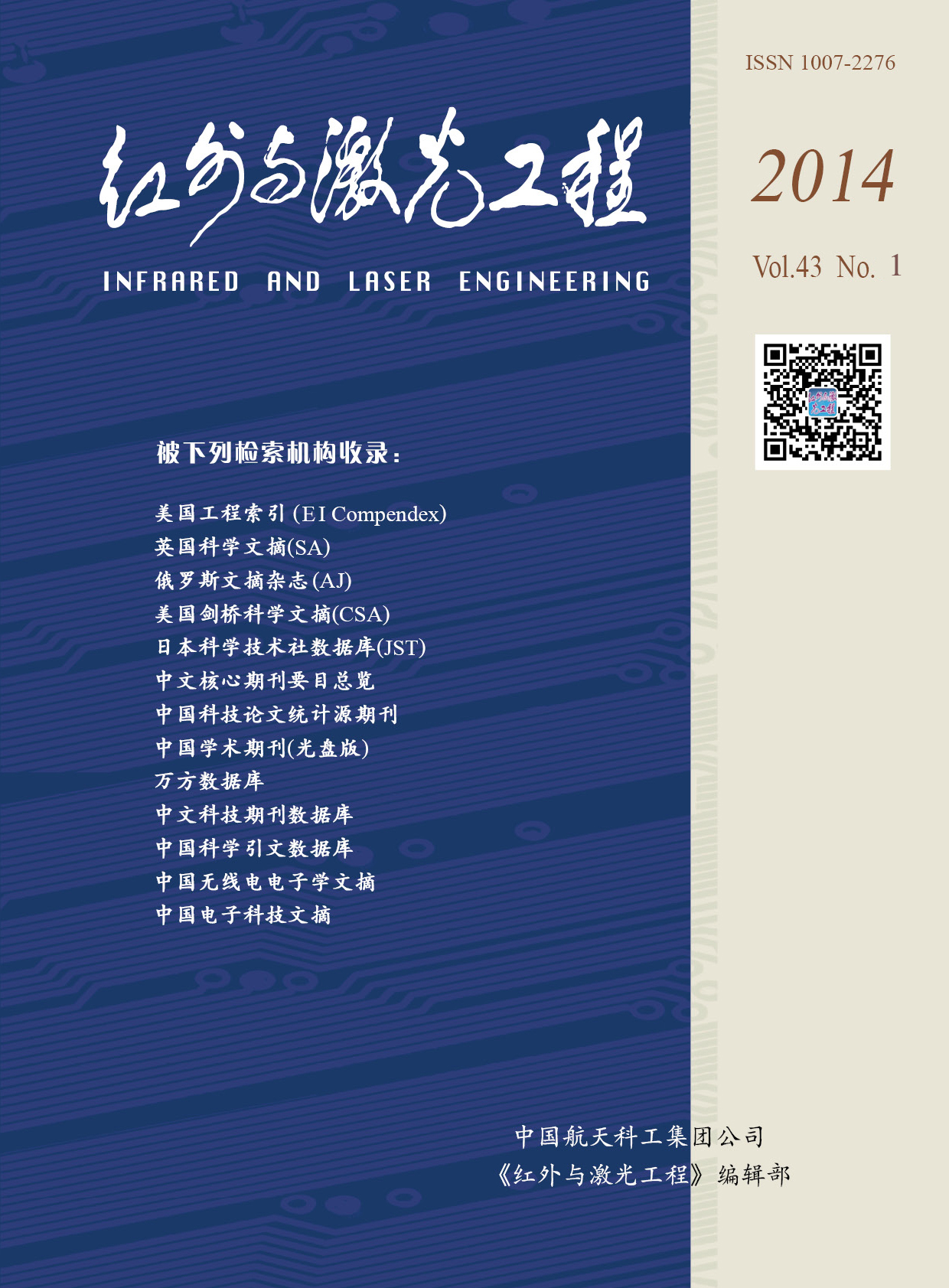|
[1]
|
|
|
[2]
|
My neni R B, Hoffman S, Knyazikhin Y, et al. Global products of vegetation leaf area and fraction absorbed PAR from year one of MODIS data [J]. Remote Sensing of Environment, 2002, 83(1-2): 214-231. |
|
[3]
|
Peng D L, Zhang B, Liu L L, et al. Characteristics and drivers of global NDVI-based FPAR from 1982 to 2006[S]. Global Biogeochemical Cycles, 2012, 26,GB3015. |
|
[4]
|
|
|
[5]
|
Httich C, Herold M, Schmullius C, et al. Indicator of Northern Eurasia's land -cover change trends from SPOT-Vegetation time-series analysis 1998-2005 [J]. International Journal of Remote Sensing, 2007, 28(18): 4199-4206. |
|
[6]
|
|
|
[7]
|
|
|
[8]
|
R觟der A, Hill J, Duguy B, et al. Using long time series of Landsat data to monitor fire events and post -fire dynamics and identify driving factors. A case study in the Ayora region (eastern Spain)[J]. Remote Sensing of Environment, 2008, 112(1): 259-273. |
|
[9]
|
|
|
[10]
|
Kuusk A. A two -layer canopy reflectance model [J]. Journal of Quantitative Spectroscopy Radiative Transfer, 2001, 71: 1-9. |
|
[11]
|
Alhamad M N, Stuth J, Vannucci M. Biophysical modeling and NDVI time series to project near -term forage supply: spectral analysis aided by wavelet denoising and ARIMA modelling [J]. International Journal of Remote Sensing, 2007, 28: 2513-2548. |
|
[12]
|
|
|
[13]
|
|
|
[14]
|
Xin Zhiyun, Gu Ming. Complicated financial data time series forecasting analysis based on least square support vector machine [J]. Journal of Tsinghua University (Science Technology), 2008, 48(7): 1147-1149. (in Chinese) 辛治运, 顾明. 基于最小二乘支持向量机的复杂金融时间序 列预测[J]. 清华大学学报(自然科学版)), 2008, 48(7): 1147- 1149. |
|
[15]
|
Hou Qingjian, Wang Hongli. Random error coefficient prediction of laser gyro based on LSSVM [J]. Infrared and Laser Engineering, 2008, 37(5): 802-805. (in Chinese) 侯青剑,王宏力. 基于LSSVM 的激光陀螺随机误差系数预 测[J]. 红外与激光工程, 2008, 37(5): 802-805. |
|
[16]
|
|
|
[17]
|
|
|
[18]
|
Ling Xufeng, Yang Jie, Ye Chenzhou. Support vector machinebased human face recognition method[J]. Infrared and Laser Engineering, 2001, 30(5): 318-327. (in Chinese) 凌旭峰, 杨杰, 叶晨洲. 基于支撑向量机的人脸识别技术[J].红外与激光工程, 2001, 30(5): 318-327. |
|
[19]
|
|
|
[20]
|
Wang Qunming, Wang Liguo, Liu Danfeng, et al. Sub -pixel mapping for land class with linear feat least square support vector machine [J]. Infrared and Laser Engineering, 2012, 41(6): 1669-1675. |
|
[21]
|
|
|
[22]
|
Wang Peng, Wang Zhicheng, Zhang Jun, et al. Infrared weak small target detection based on multi -scale wavelet kernel LS-SVM [J]. Infrared and Laser Engineering, 2006, 35(S): 251-257. (in Chinese) 王鹏, 王志成, 张钧, 等. 基于多尺度小波核LS-SVM 的红外 弱小目标检测[J]. 红外与激光工程, 2006, 35(S):251-257. |
|
[23]
|
Peng D L, Alfredo R. Huete, Huang J F, et al. Detection and estimation of mixed paddy rice cropping patterns with MODIS data [J]. International Journal of Applied Earth Observation and Geoinformation, 2001, 13(1): 13-23. |









 DownLoad:
DownLoad: